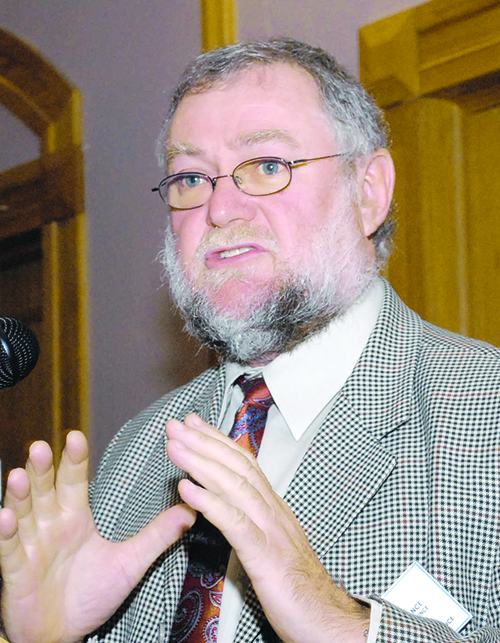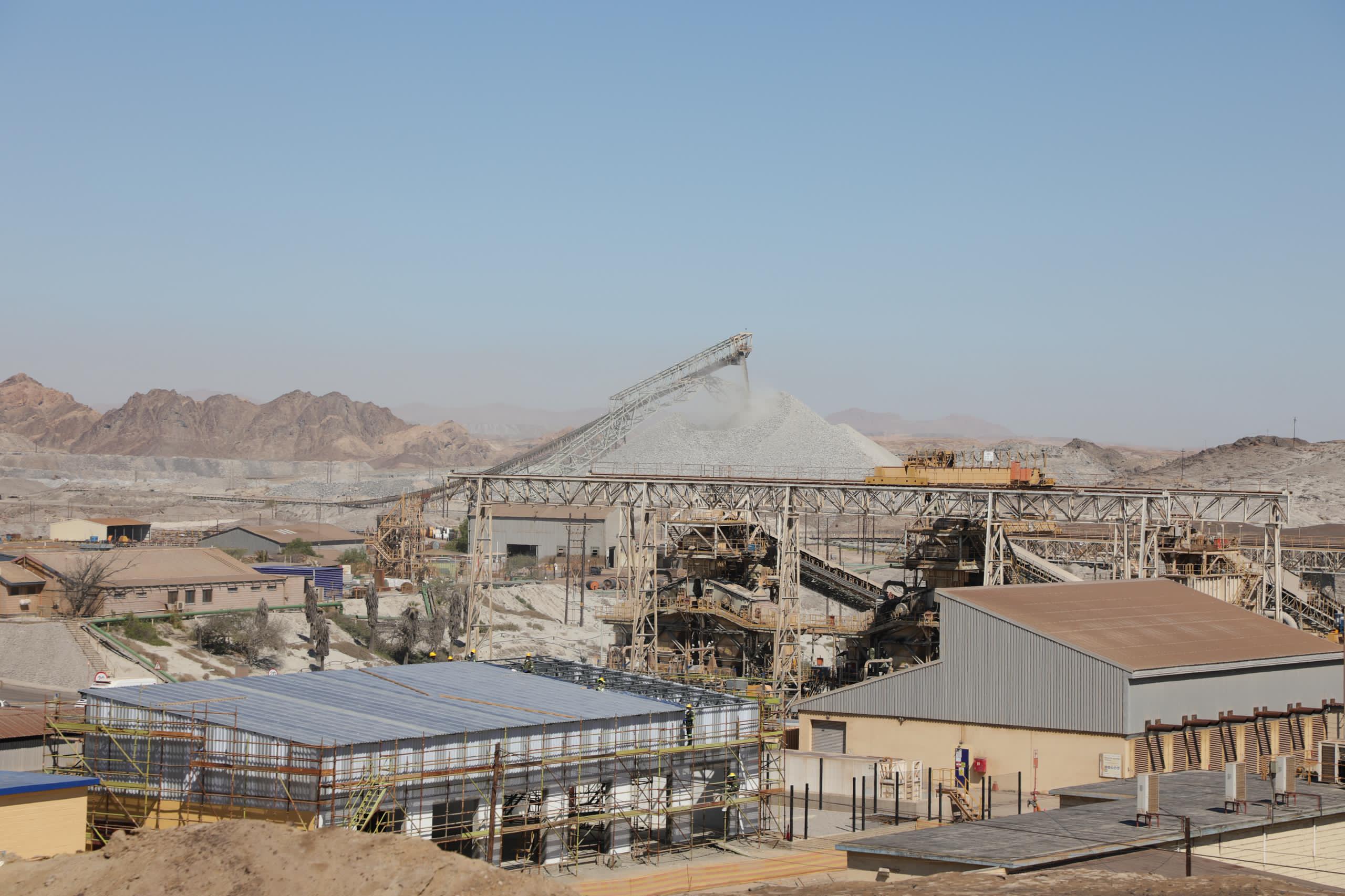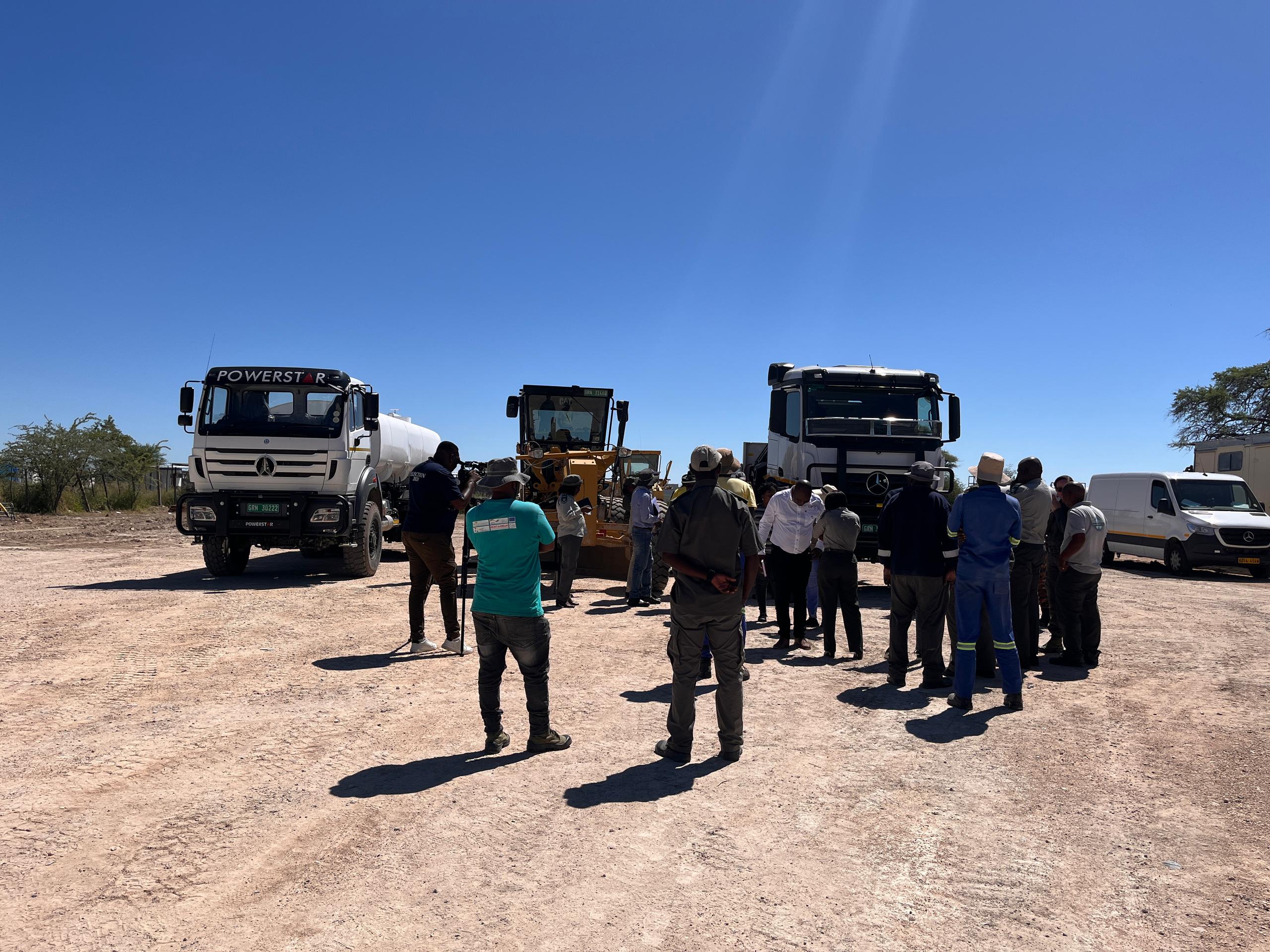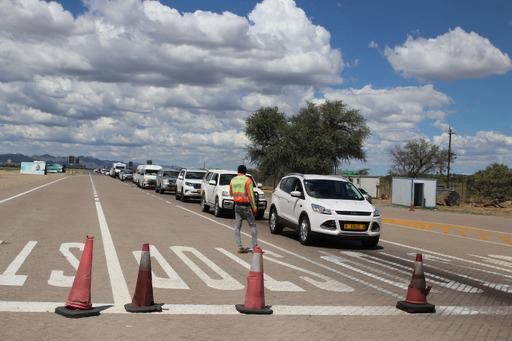… Food security significantly crumbling
The Ministry of Agriculture, Water and Land Reform wants the government to declare drought a national emergency.
This comes amid significantly deteriorating household food security.
“Overall, based on the findings [of a ministerial report], it is recommended that the government declare a drought emergency at national level,” the ministry says.
In its latest crop prospects, food security and drought situation report, the ministry warns that a few households still rely on the remaining stocks from the previous harvest, which were estimated to have been depleted by April.
“In major communal crop-producing areas, numerous households have exhausted their reserves from the previous season and now rely heavily on the market and drought-relief assistance to access food,” the report reads.
This call for a national emergency declaration has been echoed by industry players.
The Namibia Agricultural Union, the Namibia National Farmers’ Union, and the Namibia Emerging Commercial Farmers’ Union recently met with agriculture minister Calle Schlettwein to propose that president Nangolo Mbumba declare the 2024 drought a national disaster.

FOOD SECURITY
Nutrition and Food Security Alliance of Namibia director Ben Schernick says the ministry’s findings indicate that food insecurity at household level will be getting significantly worse.
He says it will “by far” exceed the estimated 695 000 people being acutely food insecure, with many subsistence farmers now also suffering substantial losses.
“This will have devastating long-term effects, especially for children under five in terms of stunting and wasting,” he says.
The Integrated Food Security Phase Classification (IFSPC) has estimated that 695 000 people, which is 26% of the population, faced high levels of acute food insecurity between October 2023 and March this year.
From April until June, the classification further estimates that 491 000 people (19%) in Namibia will experience high food insecurity.
The ministry says the distribution of drought-relief food reaches beneficiaries late and not frequently, as this should take place on a monthly basis.
Some challenges include delayed deliveries from suppliers and unforeseen transport breakdowns, which take a while to be addressed.
“Challenges related to the delivery of food items further highlight the need for administratively and logistically more efficient solutions,” Schernick says.

WATER CRISIS
The ministry says some areas are still battling with water shortages due to insufficient water inflow.
It says the water situation in the Erongo region remains critical.
“Most boreholes are broken and water supply is not sufficient. The water levels have dropped due to a lack of rain to recharge the underground aquifers,” the report reads.
Schernick says the serious water supply situation shows how highly dependent the country is on its underground water resources.
“We have to protect all over the country against risky and potentially dangerous short-term mining endeavours, whether it’s oil drilling in the sensitive Kavango area or in-situ uranium mining in the Omaheke and Hardap regions,” he says.
Leonardville and Aminuis must receive deliberate attention and healthy investments to mitigate risks and to genuinely and sustainably uplift local communities in these and other areas of the country, he says.
The water crisis has led to schools at Uis in the Erongo region being forced to stop pupils from attending school over the past month.
Similarly, at Okombahe, residents and pupils at Gaob Justus //Garoëb High School are forced to find their own ways to survive without water after the aquifer in the area ran dry amid the persistent drought.
Dâures constituency control administrative officer Mauritius Goseb in March said the current water cut in the area was due to a NamWater pipe burst due to the dry aquifer.
The root cause is, however, yet to be investigated, Schernick says.
Also of concern is the water situation at Tsumkwe, while its surrounds are not faced with the same fate.
“The water supply situation in the Khomas, Hardap and //Kharas regions is satisfactory with earth dams being their main source. However, due to a lack of sufficient rainfall in the southern regions, dams and borehole levels have dropped,” the report further reads.
Two out of the 14 dams in the country are above 50% capacity, namely the Neckartal and Friedenau dams.
Overall, the total content of the country’s dams stood at 55% on 18 March, which is a decrease of 14,7% compared to last year.
The Naute, Oanob and Swakoppoort dams are at the 40% mark, while Olushandja is just below that.
The Von Bach and Hardap dams are barely filled, with just over 10%.
The other dams are way below 10% full, including the Omatako, Otjivero, Tilda Viljoen, Daan Viljoen, Dreihuk and Bondels dams.
GREEN SCHEMES
The agriculture ministry recommends that the Ministry of Finance and Public Enterprises make money available for all green scheme projects and research stations to go under irrigation.
This in an effort to ensure the availability of sufficient seed and grain.
“The irrigation green schemes alone witnessed an improvement in the expected harvest for both maize and wheat by 24% and 63% compared to last season, respectively. This improvement was attributed to a notable increase in the planted area by the irrigation green schemes,” the ministry says.

WHAT HAS THE GOVT LEARNT?
Economist Omu Kakujaha-Matundu says: “Unfortunately, green schemes have been run down. This is not the first drought since Namibia’s independence.”
He questions whether the government has learnt anything from the rundown schemes.
“The Cabinet should not be asked to consider or approve this or that. Should those tasked with ensuring that the country is food secure not have been doing that? What have they done? Let the axe fall on someone who was sleeping on the job,” he says.
Stay informed with The Namibian – your source for credible journalism. Get in-depth reporting and opinions for
only N$85 a month. Invest in journalism, invest in democracy –
Subscribe Now!










